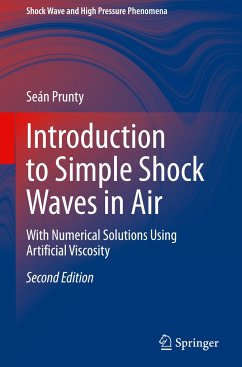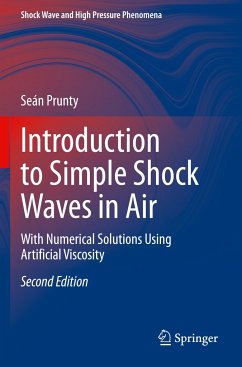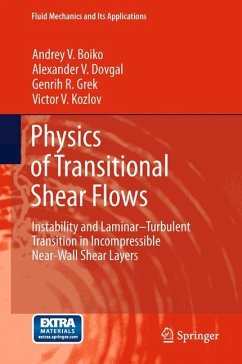
An Engineering Approach to the Calculation of Aerodynamic Flows
Versandkostenfrei!
Versandfertig in 1-2 Wochen
115,99 €
inkl. MwSt.

PAYBACK Punkte
58 °P sammeln!
This book describes an engineering approach based on interactive boundary-layer and stability-transition theories, both developed by the author, for calculating aerodynamic flows. The contents include two-dimensional and three-dimensional steady and unsteady flows with and without compressibility effects. The former theory is based on the numerical solutions of the reduced Navier-Stokes equations in which Euler and boundary-layer equations are coupled with an interaction law. The latter theory is based on the linear stability theory and employs the so-called en method. The book details applica...
This book describes an engineering approach based on interactive boundary-layer and stability-transition theories, both developed by the author, for calculating aerodynamic flows. The contents include two-dimensional and three-dimensional steady and unsteady flows with and without compressibility effects. The former theory is based on the numerical solutions of the reduced Navier-Stokes equations in which Euler and boundary-layer equations are coupled with an interaction law. The latter theory is based on the linear stability theory and employs the so-called en method. The book details applications of this approach to airfoils, wings and high lift systems. It is intended for undergraduate and graduate students and practicing engineers interested in aerodynamics, hydrodynamics and modern numerical methods and computer programs for solving linear and nonlinear ordinary and parabolic partial differential equations.














